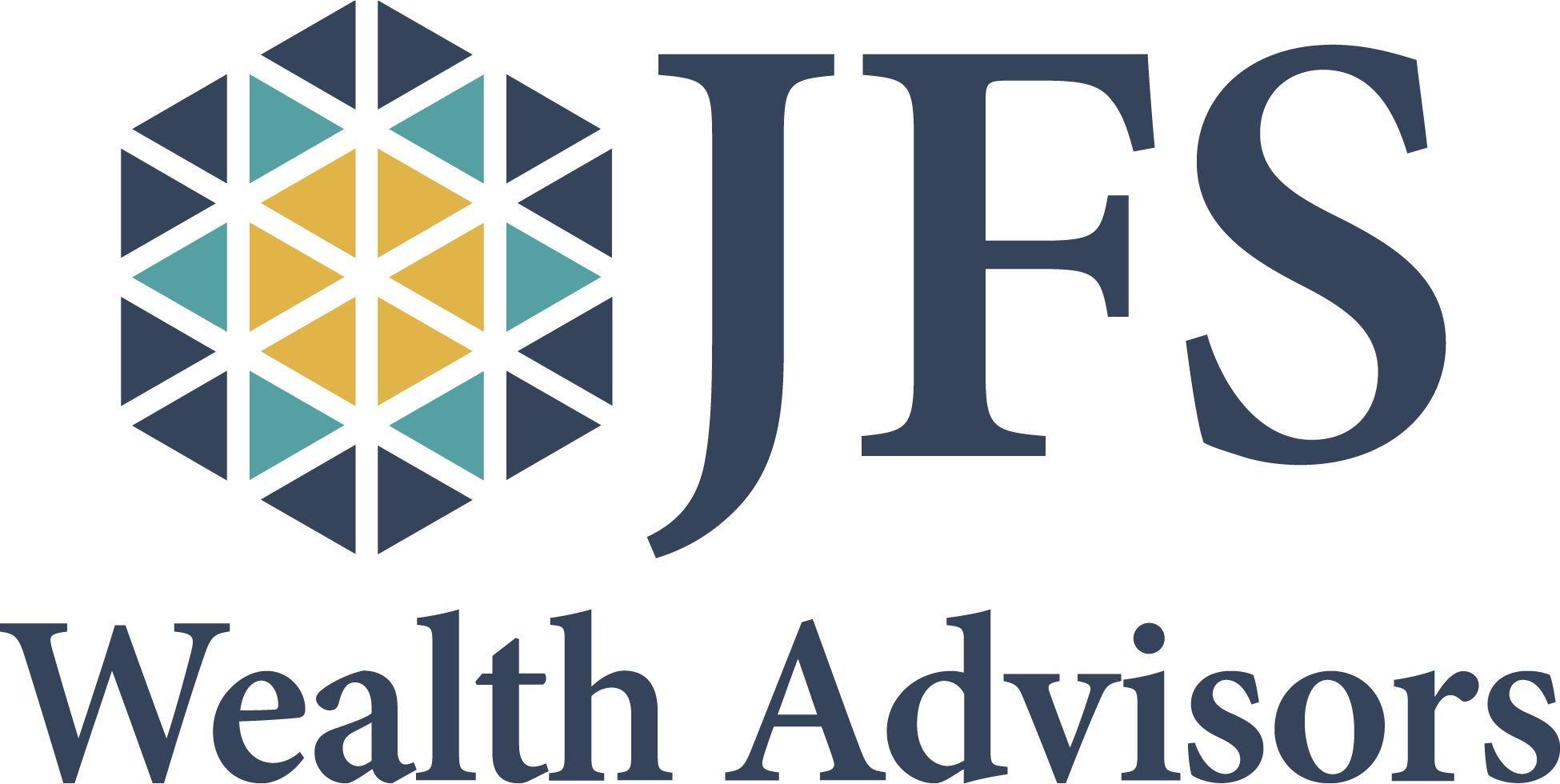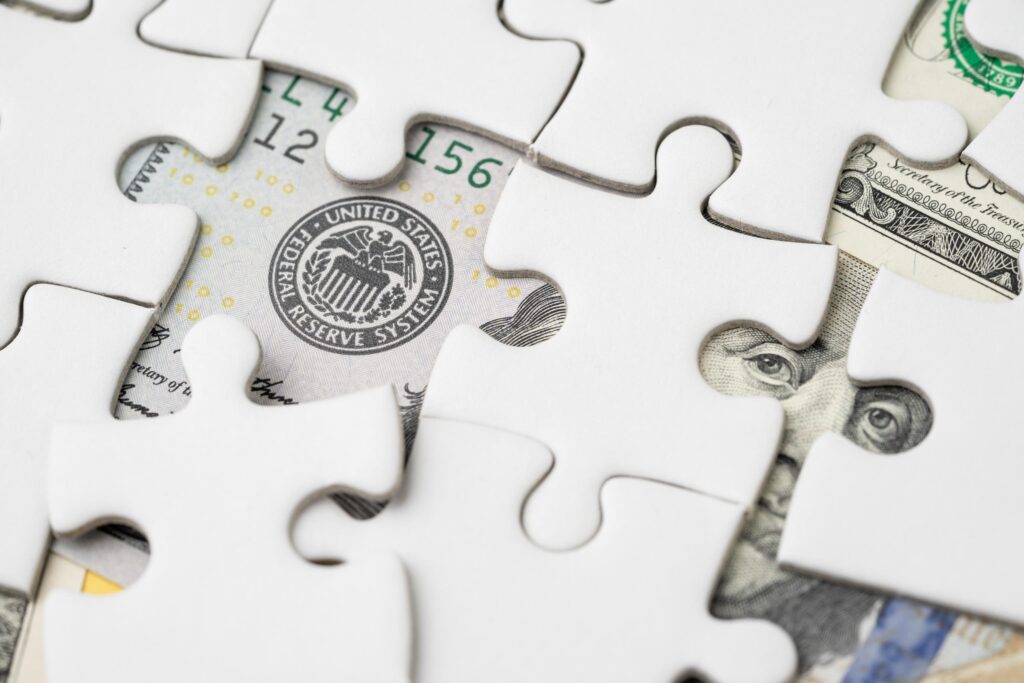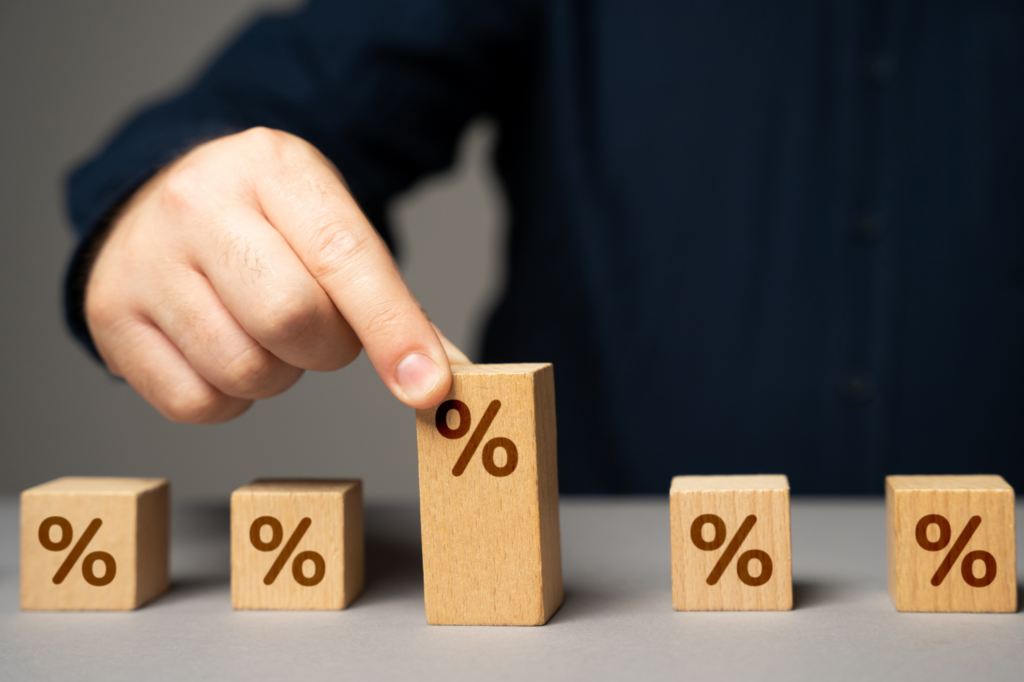The Federal Reserve (Fed) on Wednesday took a step that, while greeted by declining stock prices and a rattled bond market, may instead go a long way toward signaling their vigilance and independence. This should reassure financial markets that the Fed is paying attention.
First, a bit of background. The Fed pursues a “dual mandate” from Congress, which includes: 1) maximum employment and 2) stable prices and moderate long-term interest rates. In other words, keeping the porridge that is the U.S. economy neither too hot nor too cold.
In this quest, the Fed is famously known for “taking away the punchbowl” as the economic party really gets going, meaning they employ their toolkit of monetary tools to slow an overheating economy and avert unwelcome inflation. It is this underpinning of confidence in an alert and steady Central Bank that contributes mightily to the strength and stability of U.S. financial markets.
But since the onset of the Great Financial Crisis in 2008 and the resulting large relief packages, and most recently exacerbated by the 2020 pandemic and the multiple relief packages that dwarf those of 2008/2009, there has been much handwringing that the Fed is losing its credence as an independent protector of economic stability. Many fret the Fed is instead becoming a political tool to facilitate massive fiscal spending and support party agendas while blithely jawboning platitudes to keep stock markets humming. Put another way – “OMG, the Fed is losing its credibility!”
What’s the danger in this? Basically, that at some point financial markets will no longer believe the Fed is acting to protect long-term economic stability and is instead focusing on appeasing short-term demands. To wit, in the face of rising inflation data, massive pandemic relief spending, and soaring government debt, the Fed has (until now) been steadfastly maintaining a sanguine posture that inflation remains “transitory”, ultralow rates are appropriate, and skyrocketing debt levels manageable. Should the unspoken confidence markets place in the Fed be broken, a cascade of negative outcomes could follow – sharply rising long-term rates that the Fed cannot manage, plunging values for bonds, a weakening currency, rapid downward stock market repricing, and ultimately an economy in shambles.
Of course, that does not have to happen… provided markets trust the Fed.
So, back to Wednesday. In a sign that they really are paying attention to what markets and consumers are experiencing and observing firsthand, the Fed announced after its latest two-day meeting that they have accelerated their expectations of coming rate hikes into 2023 (from 2024) and that they expect near-term inflation to run above 3%, a 1% jump from their prior meeting forecast.
They also discussed tapering their extraordinary bond purchases, although not yet providing a schedule as some had hoped. Nonetheless, these comments are a positive signal that the Fed is not “asleep at the switch” and is acknowledging the data on the ground.
Even if there is some short-term pain with this firmer stance – and indeed more may be necessary in the coming months – we should greet this indication positively, as the trade-off from a resolute and trusted Fed is a far stronger probability of long-term stability.



















